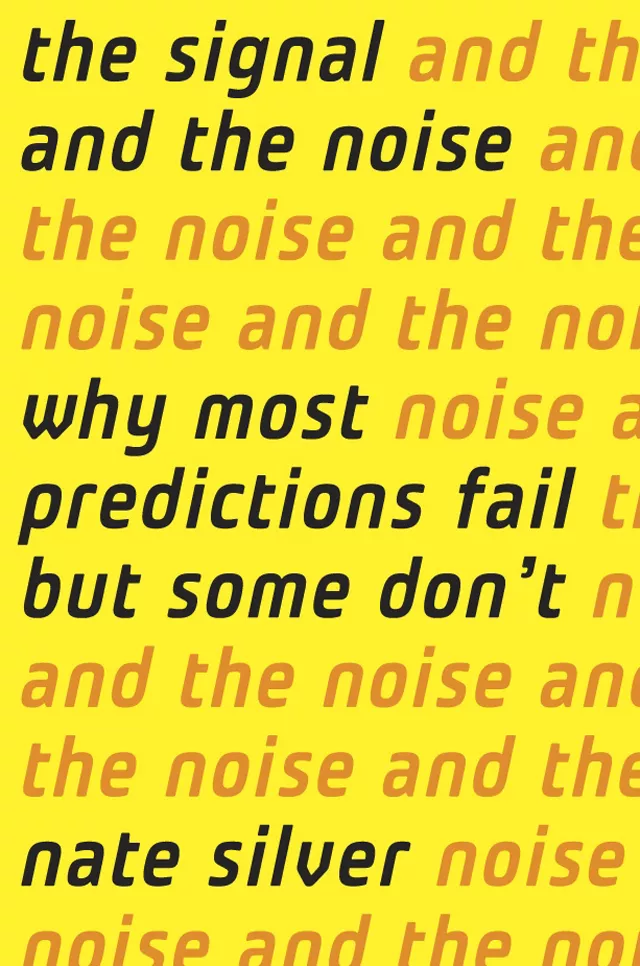The Signal and the Noise:
Why So Many Predictions Fail —
But Some Don't
by Nate Silver
Penguin Press, $27.95; 544 pp., hardcover
In the 2001 comedy Rat Race, John Cleese plays Donald Sinclair, a wager-obsessed billionaire who never misses an opportunity to place or take a bet. In the film, his mania is played for laughs, but what Sinclair and his retinue of high-rollers do isn't really much different from what you or I do as a matter of routine: Each and every day, we make hundreds of thousands of calculated gambles — or predictions, if you like — some big and some small, not always aware we're even making them. In The Signal and the Noise, statistician Nate Silver is concerned with what goes into the making of big predictions, the kinds of predictions that can save lives, change the course of history, and usher unknown prognosticators into the media spotlight.
Silver himself was first known for developing a statistical system used to predict the future performance of prospective baseball players, and he rose to greater prominence during the 2008 presidential race, when he correctly predicted the outcome in 49 out of 50 states in his FiveThirtyEight blog.
Part of Silver's thesis is that there is so much noise that we can't accurately detect the signal. Living in a data-saturated epoch has made it increasingly difficult to predict anything with real accuracy. "We think we want information when we really want knowledge," he writes. The author celebrates "foxes" — deliberative, objective predictors — over "hedgehogs," pundits who recklessly predict from the gut, then spends a trenchant, exhaustive 400-plus pages delineating the worst predictions in history and how to avoid repeating them. In the run-up to the 2008 mortgage crisis, for example, rating agencies doomed the economy by mistaking uncertainties for risks. Exact economic predictions are impossible to make, not just due to contextual shifts in relation to the past, but because there are thousands of indicators to take into account. Silver also profiles successful Los Angeles bookmaker Haralabos Voulgaris, who maintains an edge over the competition by obsessively combing through NBA statistics, tweets and coach interviews for data he can mine for an advantage. Silver notes that statistical models can inform Major League Baseball drafting decisions and weather forecasting, but actual, in-person observation is an indispensable part of the prediction process. Silver's tone throughout the book is measured, cool-headed, almost therapeutic — the sort you'd want a friend to have while urging you to put on a rally cap. It's the voice, ultimately, of the foxiest of all foxes.
Raymond Cummings writes for City Paper in Baltimore, where this review first appeared. Send comments to [email protected].


